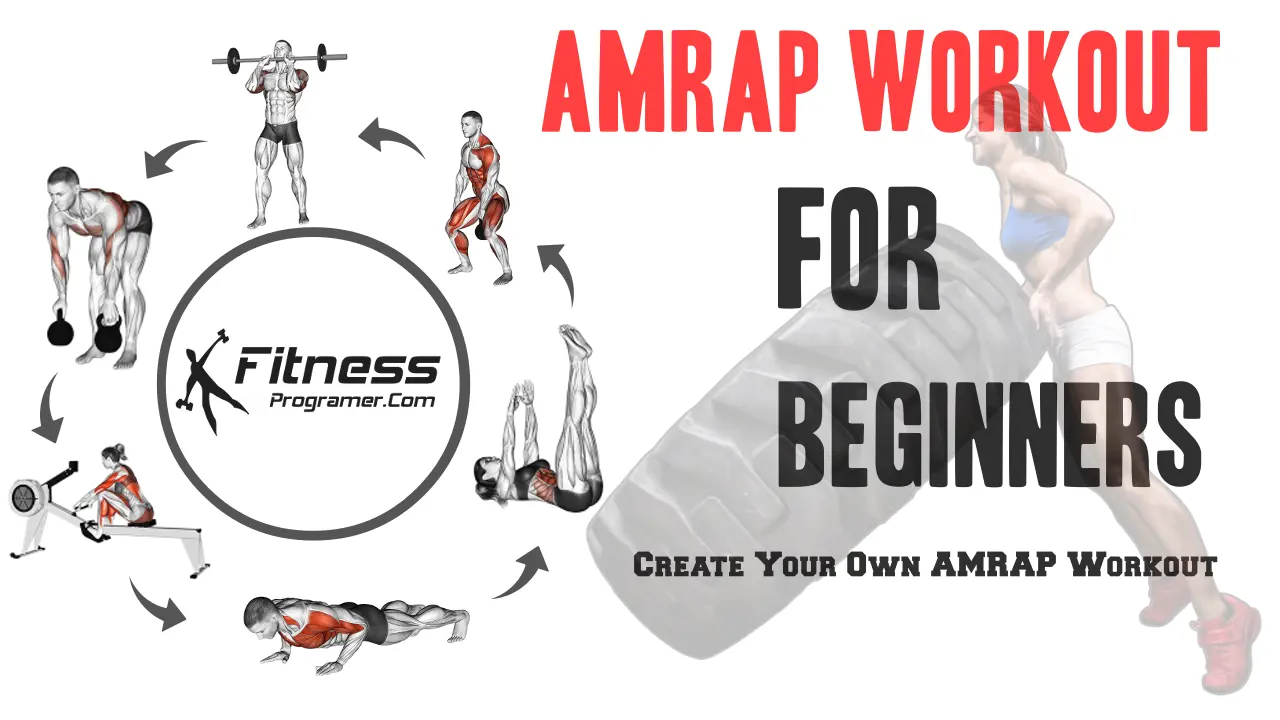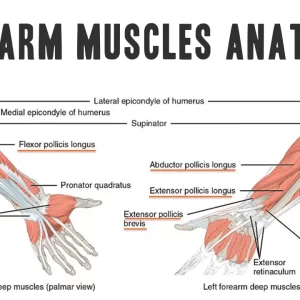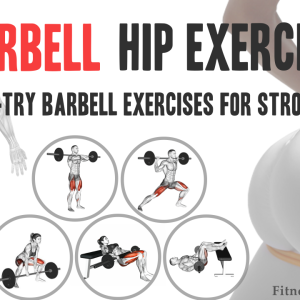Contents
One such approach gaining significant traction in strength and conditioning programs is the AMRAP workout. Short for “As Many Rounds (or Reps) As Possible”, this method pushes athletes to maximize effort within a given time frame.
Originally popularized by CrossFit, AMRAP training has become a staple for athletes and general fitness enthusiasts alike due to its adaptability and high returns on fitness. Unlike traditional strength training or steady-state cardio, AMRAP compresses intensity and volume into short, focused bouts that tax both the muscular and cardiovascular systems.
But is it right for you? Let’s explore how AMRAP works, its pros and cons, and how to structure it based on research-backed principles.
What Does AMRAP Mean?
AMRAP stands for “As Many Rounds (or Repetitions) As Possible” in a predetermined time period—usually between 5 to 30 minutes.
You are given a set of movements (e.g., push-ups, squats, burpees), and your goal is to complete as many cycles or reps as you can before the timer ends. The emphasis is on maximizing effort while maintaining safe technique.
Example:
20-minute AMRAP: Repeat the circuit as many times as possible in 20 minutes.
- 5 Pull-Ups
- 10 Push-Ups
- 15 Air Squats
Complete this circuit repeatedly until the timer ends. Your score is the total number of rounds or reps completed.
There are two main AMRAP types:
- Rounds-based AMRAPs involve completing a fixed number of exercises in a loop.
- Reps-based AMRAPs ask you to perform as many reps of a single exercise (like deadlifts) as possible in the allotted time.
Benefits of AMRAP Workouts
1. Time-Efficient
AMRAP is ideal for people with busy schedules. You know exactly how long your session will last, and you’ll work hard throughout without wasting time.
2. Scalable for All Levels
The intensity is relative to your own pace. Beginners may complete fewer rounds; advanced athletes may push harder and faster. You train at your level—but still max out your effort.
3. High Caloric Burn
AMRAP training typically involves high-intensity functional movements, increasing heart rate and energy expenditure, both during and after the session due to EPOC (Excess Post-exercise Oxygen Consumption).
4. Improves Work Capacity
Repeated exposure to time-based challenges builds both cardiovascular endurance and muscular stamina. It also teaches athletes to pace effectively under fatigue.
5. Trackable Progress
AMRAP allows for easy performance tracking. If you did 7 rounds last time and 8 this time, you’ve improved. This makes it motivating and measurable.
Drawbacks and Considerations
- Risk of Form Breakdown: Under fatigue, technique can suffer. It’s critical to maintain movement quality, especially with complex lifts.
- Not Always Ideal for Max Strength: AMRAPs emphasize volume and intensity, not maximal strength. They’re not meant to replace heavy barbell work.
- Recovery Demands: High-intensity workouts require adequate rest, hydration, and nutrition to avoid overtraining.
How to Structure an AMRAP Workout
The format is simple, but the programming must be thoughtful. Here’s how to structure it:
| Component | Considerations |
|---|---|
| Time Cap | Choose 5–30 minutes depending on fitness level and goals |
| Exercise Selection | Compound, bodyweight, or light-weight movements work best |
| Repetition Scheme | Keep reps manageable to avoid early fatigue (e.g., 10–20 reps) |
| Movement Pattern Variety | Alternate push/pull or upper/lower to minimize early burnout |
| Warm-Up/Cooldown | Always include mobility, cardio prep, and cooldown stretches |
Sample AMRAP Workouts
10-Minute AMRAP For Beginners:
- 10 Bodyweight Squats
- 8 Push-Ups (on knees if needed)
- 6 Cross Sit-Ups
- 100m Jog (or 20 jumping jacks if indoors)

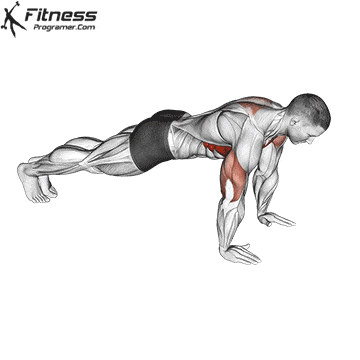
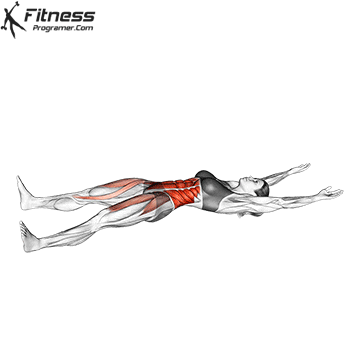

Goal: Track the number of rounds completed in 10 minutes. Try to improve next time.
Sample AMRAP: 15 Minutes
- 10 Push-Up Toe Touch
- 12 Goblet Squats
- 25 Rowing (each arm)
- 20 Saw Plank
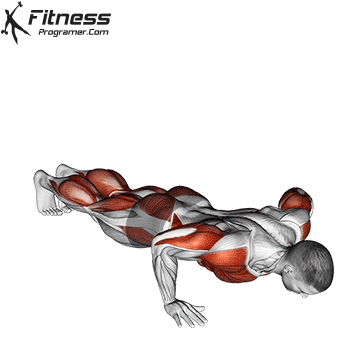


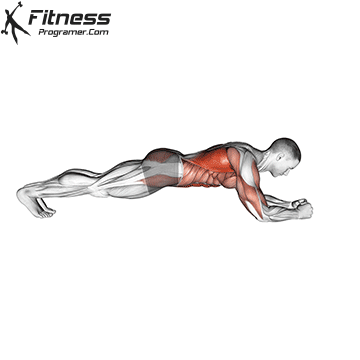
Repeat this sequence as many times as possible in 15 minutes.
10-minute Equipment AMRAP:
- 10 Dumbbell Deadlifts
- 8+8 Renegade Row
- 10 Dumbbell Plie Squats
- 6 Military Press
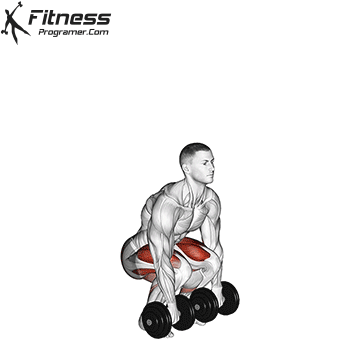
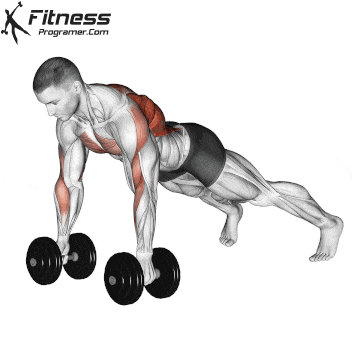
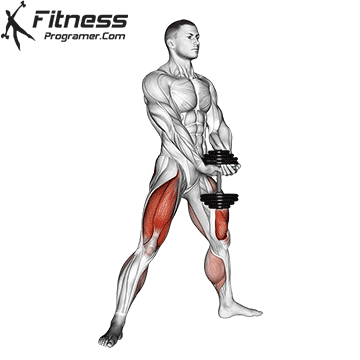

Track your total rounds and aim to improve over time as a marker of progress.
When and How to Use AMRAPs in Your Training Program
For General Fitness:
Use 1–2 AMRAPs per week to build metabolic conditioning and functional strength.
For Athletes:
Use AMRAPs in deload weeks or as finishers after primary lifts.
For Fat Loss:
Pair AMRAPs with a caloric deficit and strength training for effective fat-burning.
Tips for Getting the Most Out of AMRAP
- Warm up thoroughly to prepare the joints and nervous system.
- Pace yourself early—don’t sprint the first 2 minutes.
- Don’t compromise form for reps. Prioritize safe, effective movement.
- Hydrate and recover well post-workout.
Conclusion: Is AMRAP Right for You?
AMRAP workouts are a powerful tool for improving cardiovascular fitness, muscular endurance, and mental toughness. They’re efficient, customizable, and easy to implement whether you’re a beginner or seasoned athlete.
While they’re not a magic bullet, incorporating AMRAPs strategically can add variety and challenge to your routine—and help you build measurable, sustainable progress.
References
- Feito, Y., Heinrich, K. M., Butcher, S. J., & Poston, W. S. C. (2018). High-Intensity Functional Training (HIFT): Definition and Research Implications for Improved Fitness. Sports, 6(3), 76. https://doi.org/10.3390/sports6030076
- Smith, M. M., Sommer, A. J., Starkoff, B. E., & Devor, S. T. (2013). Crossfit-based high-intensity power training improves maximal aerobic fitness and body composition. Journal of Strength and Conditioning Research, 27(11), 3159–3172. https://doi.org/10.1519/JSC.0b013e318289e59f
- Krieger, J. W. (2010). Single vs. multiple sets of resistance exercise for muscle hypertrophy: A meta-analysis. Journal of Strength and Conditioning Research, 24(4), 1150–1159. https://doi.org/10.1519/JSC.0b013e3181d4d436
- Ratamess, N. A. et al. (2009). American College of Sports Medicine position stand: Progression models in resistance training for healthy adults. Medicine & Science in Sports & Exercise, 41(3), 687–708. https://doi.org/10.1249/MSS.0b013e3181915670

